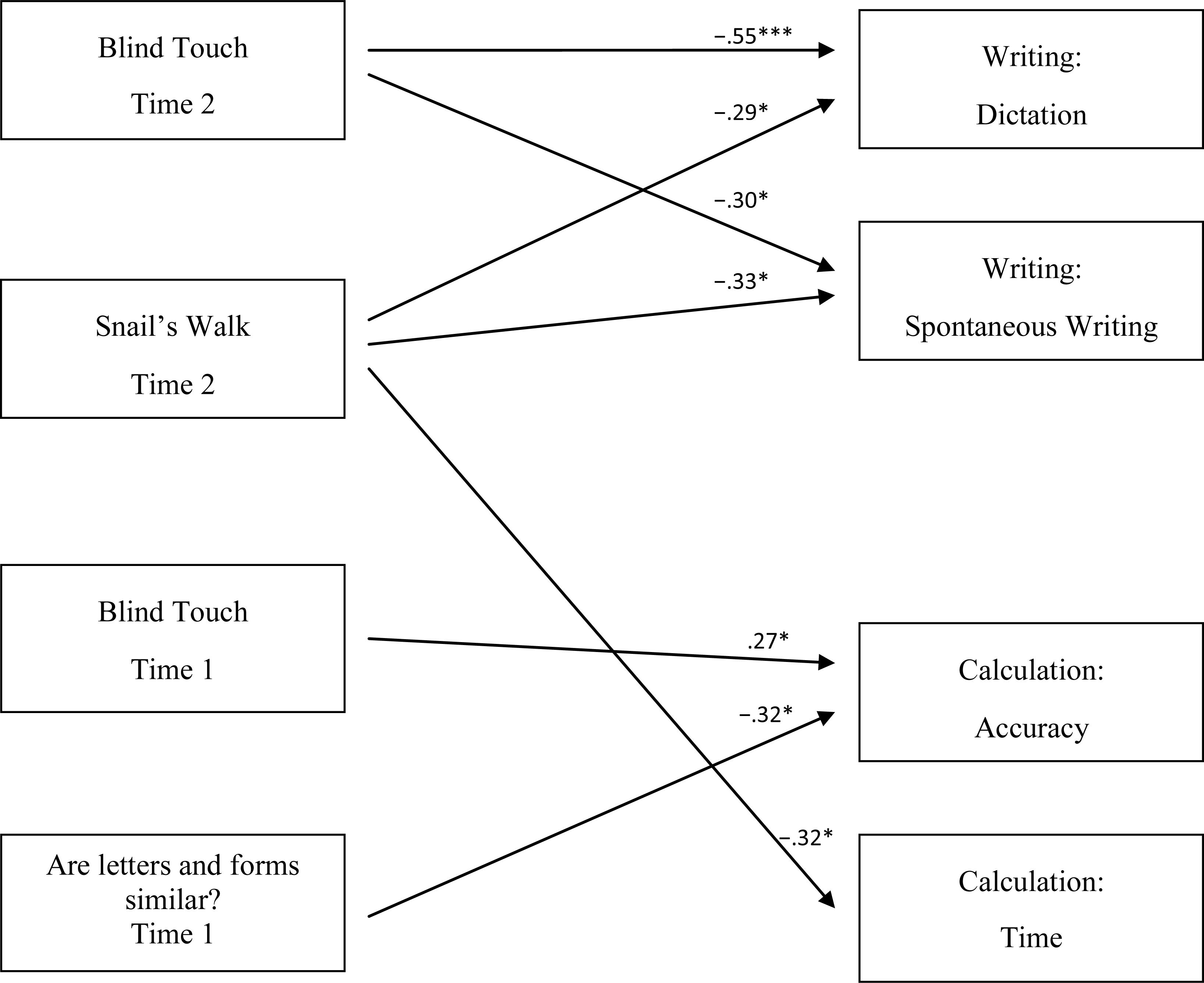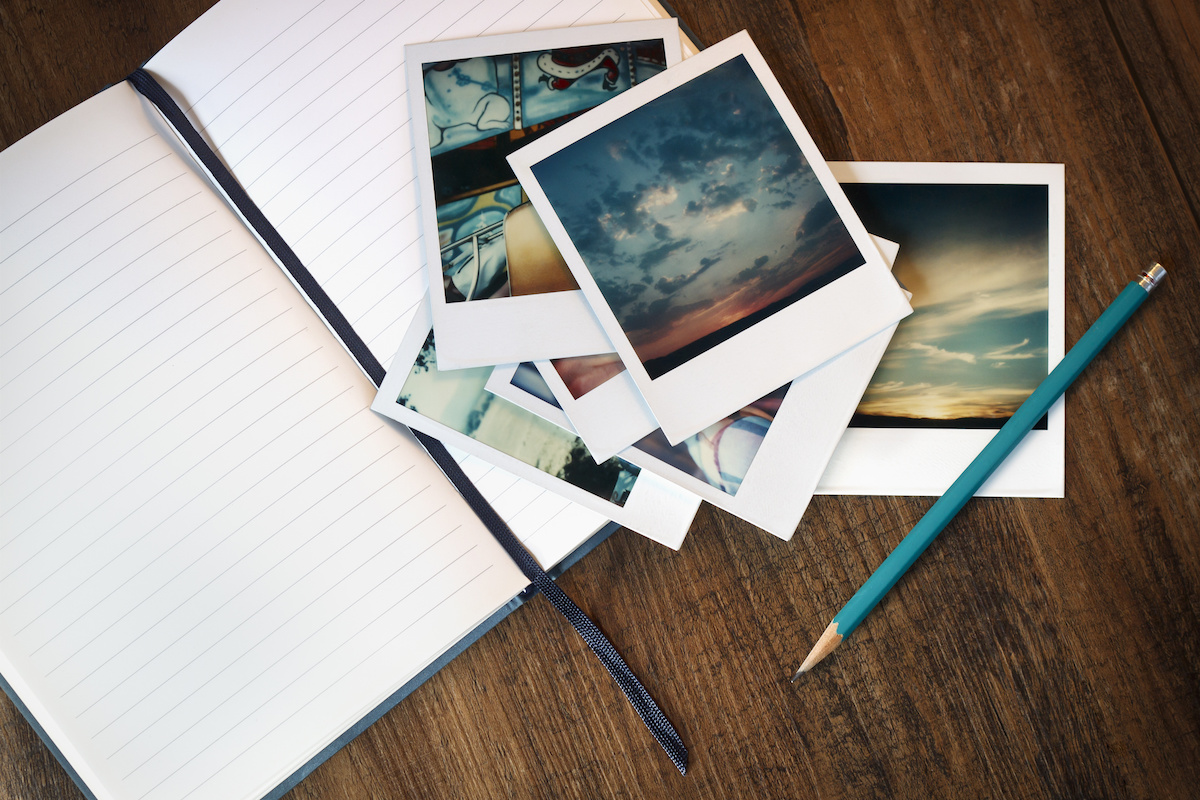
For instance, the phrase "you are my sunshine" is figurative language (a metaphor, to be precise). A Quick Definition of Figurative Languageįigurative language is language that creates a meaning that is different from the literal interpretation of the words.
6 TYPES OF IMAGERY IN LITERATURE HOW TO
Here's how to pronounce imagery: im-ij-ree Types of Imagery

6 TYPES OF IMAGERY IN LITERATURE SKIN
“ The cold water touched her skin and she felt a shudder run down her spine. “ Fluffy came running and touched every nook and corner of my face with his slobbering tongue.” Sense of touch is represented with the use of tactile imagery. “ The taste of toothpaste was as bitter as gall. “ She served the bland sea-shell pasta with the sweet mariana sauce. It helps evoke the sense of taste in one’s mind. “ I was awakened by the strong smell of a freshly brewed coffee. Thus, it helps to conjure up smells to the reader. Olfactory is related to the nose, that is, smell. “ The rumbling sound of clouds, indicated start of monsoon. “ Anna, the minute she set her eyes on him, let loose the scream of her life. Some of the auditory imagery examples are as follows: And breathed in the face of the foe as he passed.” ~ Byron’s The Destruction of Sennacherib Auditory Imagery “ For the Angel of Death spread his wings on the blast. But never licorice, which, to him, was real black.” ~ Maniac Magee He kept looking and looking, and the colors he found were gingersnap and light fudge and dark fudge and acorn and butter rum and cinnamon and burnt orange. “ For the life of him, he couldn’t figure why these East Enders called themselves black. This form helps in evoking the sight of a particular image explained. It is one of the most widely used type of imagery. These emotional responses are triggered as follows: Visual Imagery It helps in evoking the emotional responses with the help of literature. These include: the senses of vision, auditory, smell, touch and taste.

Writing helps convey to the reader the feelings of the five different senses. It is a language that evokes sensory experience. One such form of speech is use of imagery. These figures of speech help make their proses, poems and everyday language use more flowery and expressive. People who are pro-efficient in the English language, tend to use different figures of speech.

We shall learn more about these types by going through the examples covered in the following article. There are different types of imagery used in literature.


 0 kommentar(er)
0 kommentar(er)
